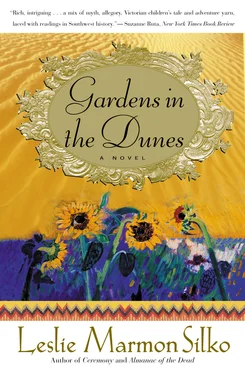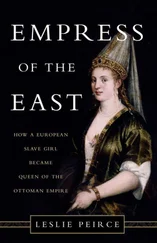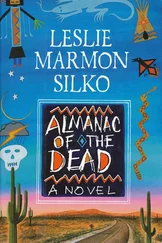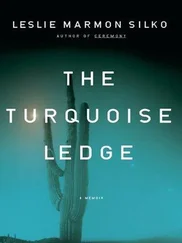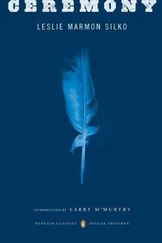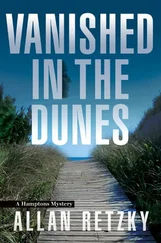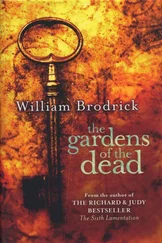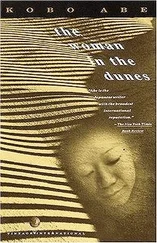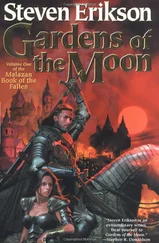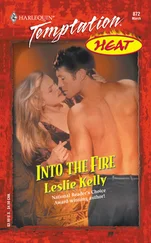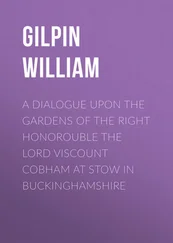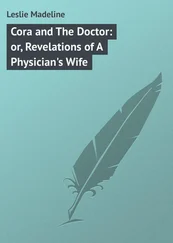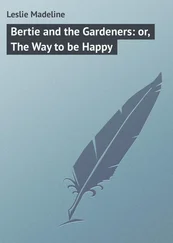Hattie and Indigo spent much of the remainder of the trip in the observation car with the garden books open in their laps as they gazed out the train windows for glimpses of gardens and parks that resembled those illustrated in the books. The closer they came to their destination, the more Hattie’s spirits and the spirits of the child soared.

Edward was relieved to have the parlor compartment to himself the better part of the day as he completed the statement his attorney requested concerning the circumstances of the failed expedition on the Pará River. He consulted his journal for the details from the beginning.
This morning the winds on the great river were high and against us; we were obliged to keep in port a great part of the day, which I employed in little excursions round our encampment. The live oaks are of astonishing magnitude, and one tree contains a prodigious quantity of timber, yet comparatively, they are not tall, even in these forests, where, growing on firm ground, in company with others of great altitude (such as Fagus sylvatica, Liquidambar, Magnolia grandiflora, and the high Palm tree), they strive while young to be on an equality with their neighbors.
The journal entries made no mention of the clandestine itinerary of the expedition; indeed, his attorney advised him to maintain his ignorance of Vicks’s mission on the Pará River. All final preparations for the expedition had been made by Lowe & Company when Edward received a telegram from Lowe & Company with news of the last-minute changes that were necessary.
Originally the plan called for Edward to travel alone; Lowe & Company was keen on modest overhead with high returns to their investors. Business was conducted discreetly; buyers or their agents made their requests, and Lowe & Company contracted with independent plant hunters like himself to go into the field to obtain the specimens. This time, however, the consortium of prospective buyers insisted their representative, Mr. Eliot, go along.
During his student years Edward financed his tours to distant and exotic locations by the resale of rare plants and other curiosities he found in public markets. From a trip to Honduras he brought home a lovely Oncidium sphacelatum for his mother’s collection. How delighted she had been as the plant was unpacked and settled in its hanging basket of bark and moss. It was a robust plant with light green leaves; the flower spike that later emerged was nearly three feet long and well branched; the flowers opened in quick succession and lasted for weeks.
His mother had been so excited the morning the first buds opened, she called him to the glass house to see her “dancing ladies” in their yellow ball gowns, bright red vests, and elaborate tiaras of chocolate brown and butter yellow. The orchid thrived and became a special favorite of his mother.
From that time on, when he collected wild orchids for his mother’s collection, he brought back a few extra plants to sell to collectors of her acquaintance. His first sale to other collectors had been specimens of Brassavola nodosa he brought back from Guatemala. The orchid was always a favorite because of the heavenly fragrance of its odd white flowers resembling wild swans in flight. His mother lost her specimen to overwatering. Sadly, the loss of this orchid was followed by others as his mother compulsively watered the orchids in the days that followed his father’s funeral.
Mr. Albert of Lowe & Company assured him the company had complete confidence in him as a field collector of wild orchids; however, due to the substantial sums at stake, the investors had requested their man come along. Edward assumed the man would be one of the hybridizers who wished to go see for himself the natural habitat of the orchids. Although Edward preferred to travel alone, he had no objection to traveling companions. The list of orchid specimens wanted was quite extensive, and Edward could use the assistance.
When he first traveled the jungle rivers twenty years before, a splendid profusion of wild orchid flowers could be seen along the riverbanks, and specimens were easily gathered. But the orchid mania swept in, and though it ebbed, it did not subside; over the years the demand for wild orchids used by hybridizers made the plants increasingly scarce and difficult to obtain.
Ordinarily, Edward made his own travel arrangements at his own expense; he went alone to enjoy the exotic beauties and curiosities in the solitude of the forests and mountains. He brought along a list of plant material desired by his private clients, wealthy collectors in the east and in Europe. The sales of the specimens he collected ensured that he did not deplete his capital. But during 1893, shocking setbacks had occurred for many investors, and Edward suffered significant losses on the stock market. The remote destination and the magnitude of the specimens sought on the Pará River required far more of a cash outlay than he could afford; so Lowe & Company agreed to advance a large sum to outfit the expedition.
Edward was to receive a generous honorarium, and it was understood he might collect as many specimens for himself as he wished, but he was in no position to object to additional members of the expedition. Mr. Eliot might be helpful with the labeling and packing of the specimens.
The other addition to the Pará River expedition was far more unsettling; Mr. Vicks was an Englishman who came by special request of the Department of Agriculture in cooperation with officials at the Kew Gardens. Mr. Albert swore Edward to secrecy because Mr. Vicks was on a special mission for Her Majesty’s government and time was of the essence. A virus, rubber tree leaf blight, was destroying Britain’s great Far Eastern rubber plantations. Mr. Vicks’s mission was to obtain disease-resistant specimens of rubber tree seedlings from their original source, the lowland drainages of the Pará River. It was imperative Kew Gardens obtain specimens that resisted and survived the leaf blight so stricken plantations in the Far East might be replanted with resistant trees. Otherwise the supplies of cheap natural rubber would be lost to England and the United States; Brazil would enjoy a world monopoly of rubber once more.
The problem was, all British horticulturists were denied entry visas to Brazil because twenty-five years earlier, diplomatic feathers had been ruffled when Henry Wickham smuggled seventy thousand rubber tree seeds past Brazilian customs officers to break Brazil’s monopoly of natural rubber. Only three thousand seedlings were obtained from the seeds by the Kew Gardens, but they were enough to open up vast rubber plantations in Malaya and Ceylon.
Before Wickham’s daring feat, Brazil and her Portuguese godfathers had jealously guarded their rubber monopoly. Twice before Wickham, agents sent out by Kew Gardens were arrested by the Brazilian authorities in possession of hundreds of Hevea brasiliensis seedlings. Clever Wickham chartered a riverboat and smuggled the seeds hidden in Indian baskets; for his daring, Wickham was knighted by the queen.
Since that time, any foreigner found in possession of rubber tree seeds or seedlings was arrested immediately. Thus, as an extra precaution, Vicks traveled under a U.S. passport specially prepared for the mission. The Brazilians and Portuguese would be delighted if the British rubber plantations all were destroyed. The leaf blight virus might well restore Brazil’s world monopoly on natural rubber.
Mr. Albert assured Edward Mr. Vicks would be no bother; researchers in Surinam learned deserted rubber plantations were the best sources of disease-resistant specimens. While Edward and Mr. Eliot went out to collect orchid specimens, Vicks would travel by canoe to abandoned rubber stations upriver.
Читать дальше
